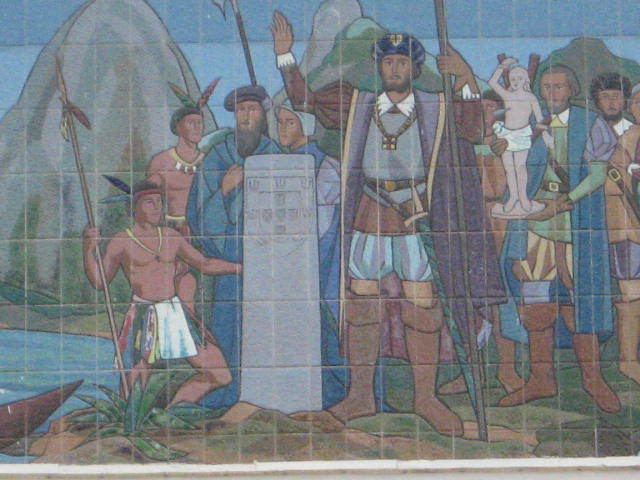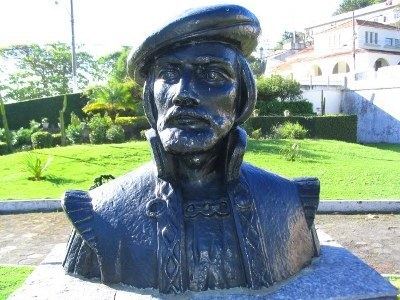Preceded by Office created Name Estacio Sa | Nationality Portuguese Succeeded by Mem de Sa | |
 | ||
Died 20 February 1567(1567-02-20) (aged 46–47)Rio de Janeiro, Colony of Brazil | ||
SIA - ESTACIO - Email Institucional e Oficce 365 Gratuitos
Saulofangelo - Comercial Estácio de Sá / Campanha 2013.
Estácio de Sá (1520–1567) was a Portuguese soldier and officer. Sá travelled to the colony of Brazil on the orders of the Portuguese crown to wage war on the French colonists commanded by Nicolas Durand de Villegaignon. These French colonists had established themselves in 1555 at Guanabara Bay in Rio de Janeiro, in a settlement known as France Antarctique. He was the founder of Rio de Janeiro, now the second largest city in Brazil.
Contents
- SIA ESTACIO Email Institucional e Oficce 365 Gratuitos
- Saulofangelo Comercial Estcio de S Campanha 2013
- Biography
- Legacy
- References
Biography
Born in Santarém, Portugal in 1520, Estácio de Sá was the nephew of the Governor General of the colony of Brazil, Mem de Sá.

He arrived with two galleons at Salvador, Bahia, in 1564. In 1565, after extensive preparations and the help of Jesuits, such as Manuel da Nóbrega and José de Anchieta, he departed by sea from São Vicente, São Paulo, the first Portuguese settlement in Brazil, with an attack force. On March 1, he founded the city of São Sebastião do Rio de Janeiro near the Sugarloaf Mountain and established the basis of his military operations against the French and their Aboriginal allies.
After receiving reinforcements sent by sea by his uncle from Salvador, Sá commanded a definitive and successful attack on the fortification of Uruçú-mirim on 20 January 1567. He died on 20 February 1567 of wounds inflicted by an arrow which had perforated his eye.
Sá was interred in the church of Saint Sebastian in the encampment he had founded. As the city of Rio de Janeiro grew, his remains were relocated to a new church of Saint Sebastian in the Castelo. His remains were rediscovered in 1839 by several scholars working for Emperor Pedro II, and, in 1862, when the church was being rebuilt, some of his bones were exhumed in the presence of the emperor and placed in a "worthy urn".
Legacy
As the founder of Rio de Janeiro, Estácio de Sá is honored by the names of many locations and institutions in Brazil. A brief list follows:
